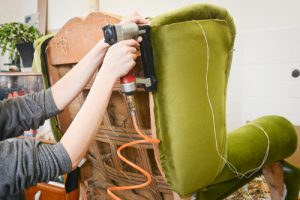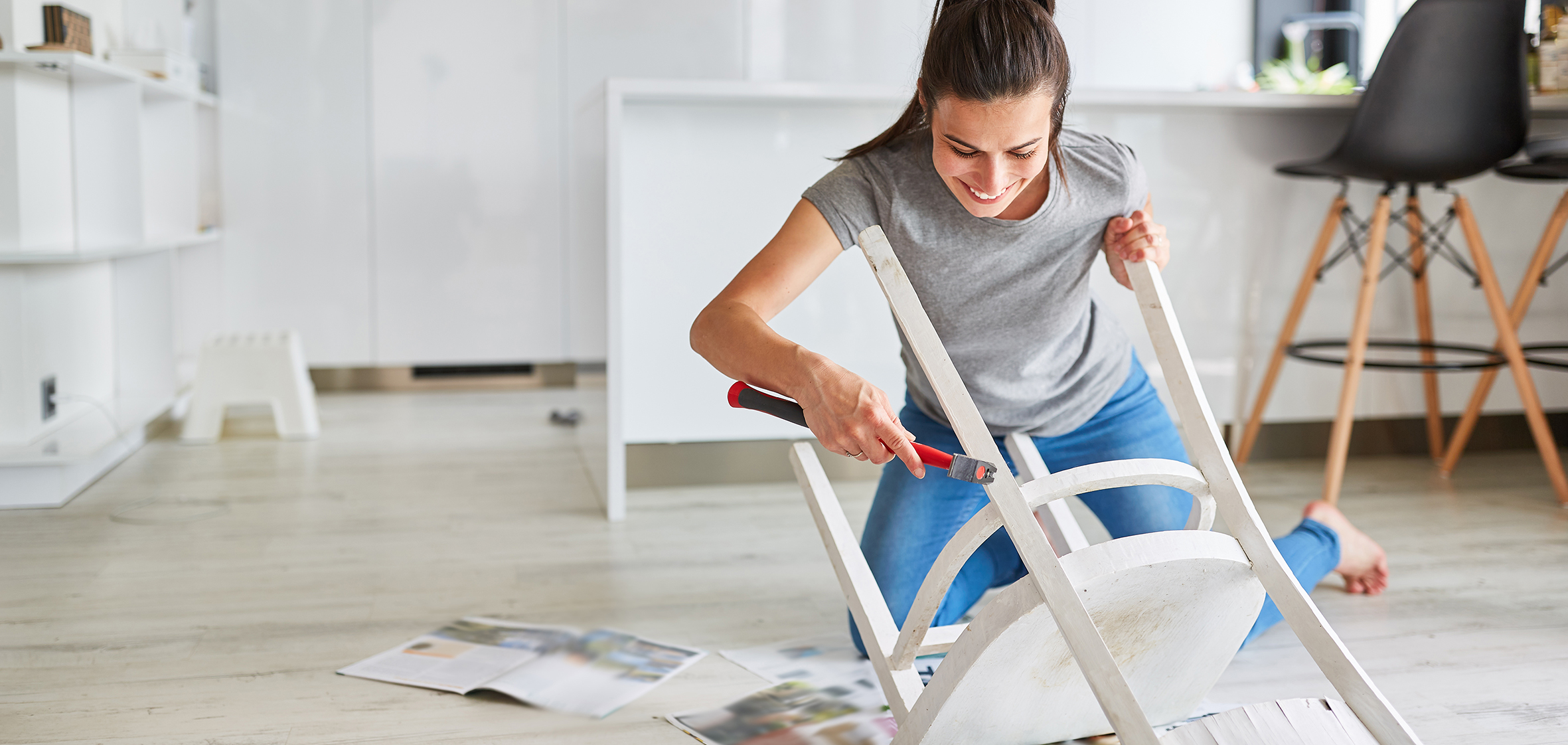If you are a DIY enthusiast or someone who likes to roll up their sleeves and get things done, you should consider furniture restoration for your next project.
If you have worn-out and old furniture lying around, instead of sending it off to the landfills or reaching deep into your pockets to get a new one, you would be surprised at what a simple restoration can do for you.
With a little bit of elbow grease and creativity, you can bring that old furniture back to life and make it look new once again. And who knows, you may want to consider this as a side hustle.
To get started and prepare you for the task ahead get in touch with a team of professionals like the ones at Schryver Restoration. We have made a list of professional tips to make your job much easier.
Read on to learn more!
What Materials Do You Need For Furniture Restoration?
 As the famous saying goes, a man is as good as his tools. Without getting the right work materials and tools for your furniture restoration project, you will be lost even before you get started.
As the famous saying goes, a man is as good as his tools. Without getting the right work materials and tools for your furniture restoration project, you will be lost even before you get started.
Let’s go over the materials you’ll need:
- Sandpaper
- Paint or stain
- Paintbrushes
- Wood filler
- Putty knife
- Screwdriver
- Upholstery fabric
- Foam padding
- Staple gun
Sanding
The first step in restoring your old furniture is sanding. This will help remove any old paint, stain, or varnish. It will also smoothen out any rough spots. However, it is always best to use a fine-grit sandpaper. While you are at it, remember to be gentle, so you don’t damage the furniture.
Painting or Staining
Once you’re done sanding, the next step on the list is painting or staining your furniture. Depending on your taste and personal preference, you can use any color you like. Otherwise, you can stick to a natural wood finish.
However, you must ensure that the paint or stain is of high quality and ideal or specifically designed for furniture. That way, you are sure to get a durable and long-lasting masterpiece.
Repairing Cracks and Holes
 It is not unusual for old furniture to be riddled with cracks or holes. If you have cracks or holes in yours, take your time to repair them. How? One way to go about this is by using wood filler to fill in any gaps and then sand the area to get a smooth finish.
It is not unusual for old furniture to be riddled with cracks or holes. If you have cracks or holes in yours, take your time to repair them. How? One way to go about this is by using wood filler to fill in any gaps and then sand the area to get a smooth finish.
Tightening Screws and Bolts
Look out for loose screws or bolts and tighten them with a screwdriver. This will make the furniture sturdier.
Reupholstering
If your furniture has fabric that’s seen better days, consider re-upholstering it. You can find a wide variety of upholstery fabrics online or at your local fabric store. Remove the old fabric, replace the foam padding if needed, and then staple the new fabric in place with a staple gun.
Repurposing
There are instances where the furniture might be beyond repair and is no longer a pleasant sight to behold. If you are not confident about how the restoration will turn out, you can consider converting or repurposing it.
For example, you can turn an old dresser into a TV stand or a bookshelf. There are many other amazing ways to repurpose old furniture. All you have to do is wear your thinking hat and crank up your creativity.
How Would You Like Some Tips To Make Your Restoration Hassle-Free?
Don’t rush the process. Rushing the process will mostly birth a sloppy result, and you wouldn’t want that.
Work in a properly ventilated space.
Always remember to use the right tools.
Don’t be afraid to ask for your help —you can always call for backup from friends or family members. If you run into a brick wall, you can dash online to watch tutorial videos.
Conclusion
Reviving your old furniture doesn’t have to be complicated or cost you a fortune. With these easy restoration tips, you can make your furniture look new again and save yourself a lot of money for other needs. So, roll up your sleeves and get to work





